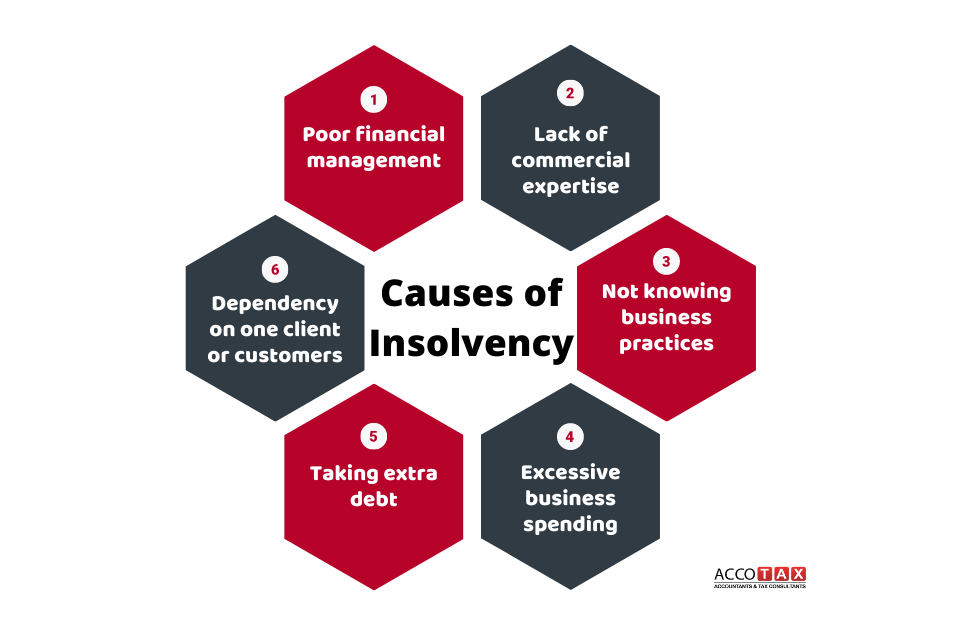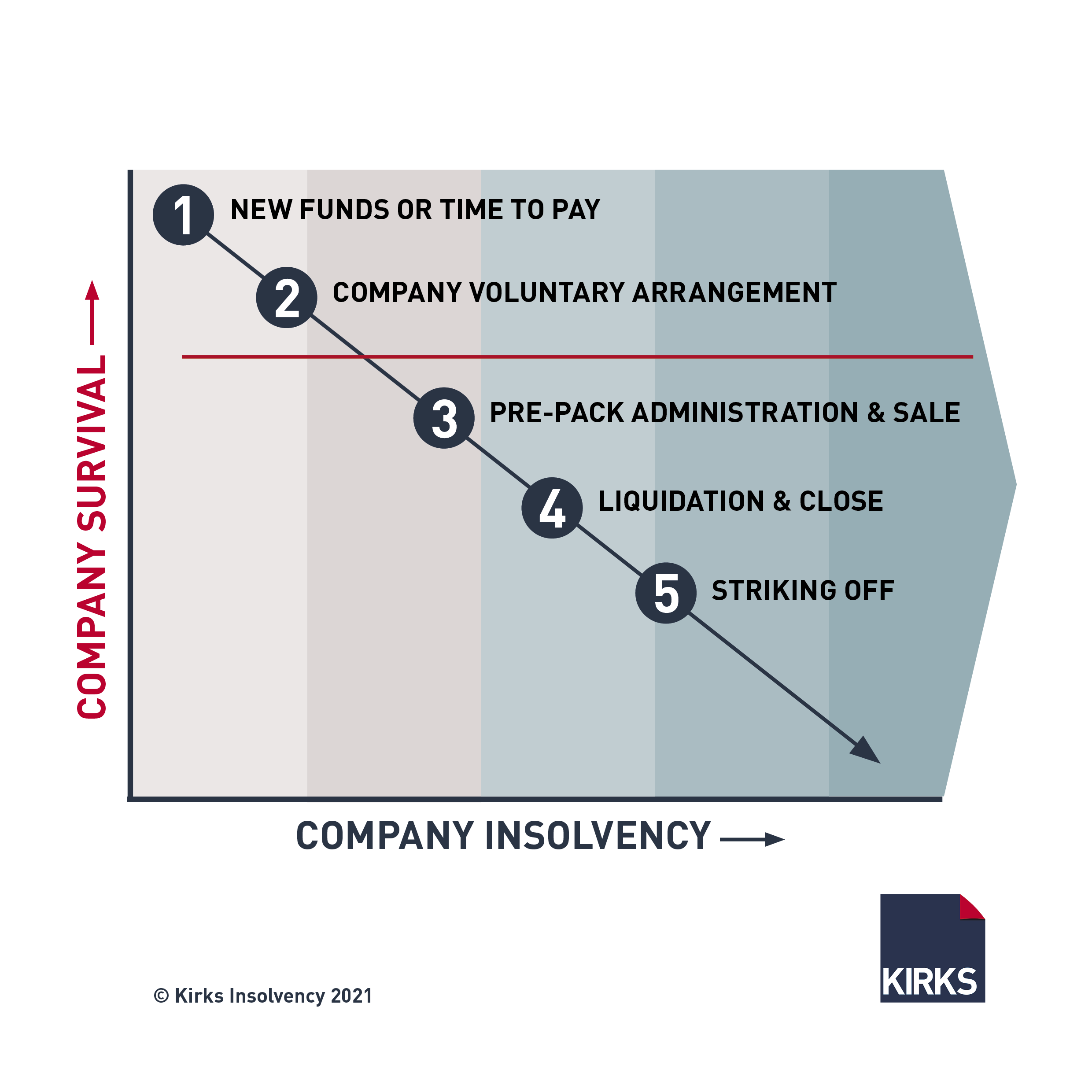The Insolvency Practitioner Statements
The Insolvency Practitioner Statements
Blog Article
Insolvency Practitioner Fundamentals Explained
Table of ContentsWhat Does Insolvency Practitioner Mean?The Ultimate Guide To Insolvency PractitionerExcitement About Insolvency PractitionerThe smart Trick of Insolvency Practitioner That Nobody is DiscussingThe Insolvency Practitioner StatementsInsolvency Practitioner Fundamentals ExplainedThings about Insolvency Practitioner
Insurance coverage is monitored and regulated by state insurance departments, and one of their key objectives is securing insurance holders from the threat of a firm in financial distress. When a firm goes into a duration of financial trouble and is unable to satisfy its commitments, the insurance policy commissioner in the company's home state starts a processdictated by the regulations of the statewhereby initiatives are made to help the business reclaim its monetary footing.If it is figured out that the firm can not be rehabilitated, the business is declared insolvent, and the commissioner will certainly ask the state court to buy the liquidation of the company. [Back] The insurance coverage commissioner, either appointed by the governor or elected, heads the state insurance coverage division and monitors and regulates insurance task within the state.

By acquiring control of a company, the commissioner (or the insurance policy division) is, by legislation, the rehabilitator or liquidator of the firm. In this capability, the commissioner or division takes control of the company's procedures. Rather than do so straight, the commissioner may retain a special replacement receiver to manage the firm's tasks.
Our Insolvency Practitioner Ideas
The receiver oversees a bookkeeping of the business's assets and obligations and provides the estate of the business. In doing so, the receiver looks for to take full advantage of the business's assets, move them to cash, and afterwards distribute that money to creditors having legitimate insurance claims against the insurance provider in accordance with repayment priorities specified by state regulation (in all states, insurance policy holders are priority complaintants whose claims are paid prior to those of general financial institutions).
All insurance provider (with minimal exemptions) licensed to sell life or medical insurance or annuities in a state should be members of that state's guaranty organization. The warranty organization coordinates with the commissioner and the receiver in pre-liquidation preparation. As soon as the liquidation is ordered, the guaranty organization gives insurance coverage to the firm's insurance policy holders that are state citizens (as much as the degrees defined by state lawssee listed below; any benefit amounts over the warranty asociation benefit degrees become cases versus the company's continuing to be possessions).
The above coverage levels use separately for each insolvent insurance provider. [Back] When an insurer stops working and there is a deficiency of funds required to meet the commitments to policyholders, state guaranty organizations are triggered. Warranty organizations have two primary sources of financing when giving coverage to insurance holders. First, warranty organizations have subrogation legal rights to a proportional share of the possessions staying in the stopped working insurer.
Not known Incorrect Statements About Insolvency Practitioner
Second, insurance firms doing company in that state are assessed a share of the quantity called for to fulfill the section of the guaranty organizations' protected insurance claims not otherwise moneyed with estate possessions. The amount insurers are assessed is based upon the amount of premiums that they accumulate in that state. [Back] The National Company of Life and Health And Wellness Insurance Policy Warranty Associations (NOLHGA) is composed of the life and health and wellness insurance guaranty associations of all 50 states and the District of Columbia.
NOLHGA establishes a task pressure of representative guaranty associations web link to deal with the insurance policy commissioner to establish a plan to secure insurance policy holders. To find out more on NOLHGA's function in the procedure, see "What Is NOLHGA?" and "The Safeguard at Work." [Back]
You are below: Bankruptcy is when a business or individual can not pay financial obligations when they are due. There are several alternatives offered to a bankrupt company or person: ASIC controls business, it does not handle personal bankruptcy treatments. To find out more regarding bankruptcy and personal insolvency contracts, go to the Australian Financial Security Authority site.
Not known Details About Insolvency Practitioner
Predictive protection by assisting you pick the appropriate consumers and the appropriate markets to stay clear of uncollectable bill in the initial location, many thanks to severe economic evaluation (Insolvency Practitioner). Extensive market knowledge, reference supplying you with 360-degree visibility on company industries and approaching difficulties. It would be a simplification to believe a trade credit insurance begins and ends with costs and pay-outs
This can occur for a variety of factors, including poor monetary monitoring, unforeseen costs, or an adjustment in the market. If a company is financially troubled, it might be required to fold or liquidate possessions to pay lenders. This can have a significant influence on business, workers, and investors.
What Does Insolvency Practitioner Mean?
It can result in work losses, possession sales, and also insolvency. It is essential to comprehend just how business insolvency jobs and just how it can affect your business. Why does a firm become part of insolvency? There are a number of reasons a firm may enter right into insolvency. The most common factor is that the firm is unable to pay its financial obligations as they drop due.

Insolvency Practitioner Fundamentals Explained
This can have significant implications for the firm, its stakeholders, creditors and the economic climate. The business may be forced to offer possessions, lay off personnel and even shut down. This can have a ripple effect on the regional community and the economic climate overall. Financial institutions may be excluded of pocket and the business's investors may see their investment vanish.
This can occur for a number of factors, including poor economic administration, unanticipated costs, or a modification out there. If a business is insolvent, it might be compelled to fold or liquidate properties to pay creditors. This can have a significant influence on business, employees, and shareholders.
Some Known Facts About Insolvency Practitioner.
Why does a business get in into bankruptcy? There are a number of factors why a firm may enter into insolvency.
Various other factors for bankruptcy include scams, mismanagement, and unanticipated prices. When a firm ends up being financially troubled, its possessions are made use of to repay its financial debts. This can have a major effect on the company, as it might no more be able to proceed operating. Bankruptcy can additionally lead to job losses and the closure of companies.
The firm might be required to sell possessions, lay off staff or also shut down. Lenders might be left out of pocket and the firm's investors might see their investment disappear.
Report this page